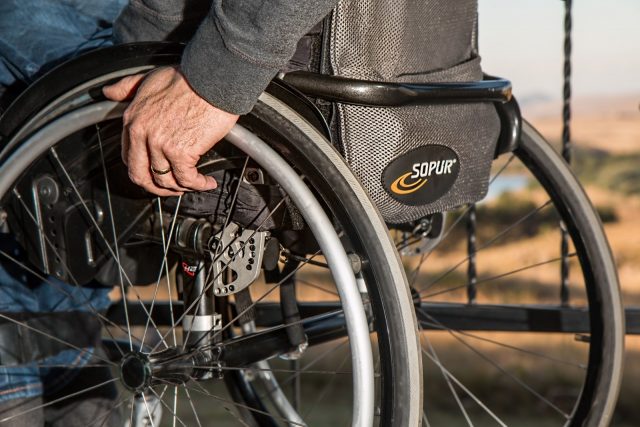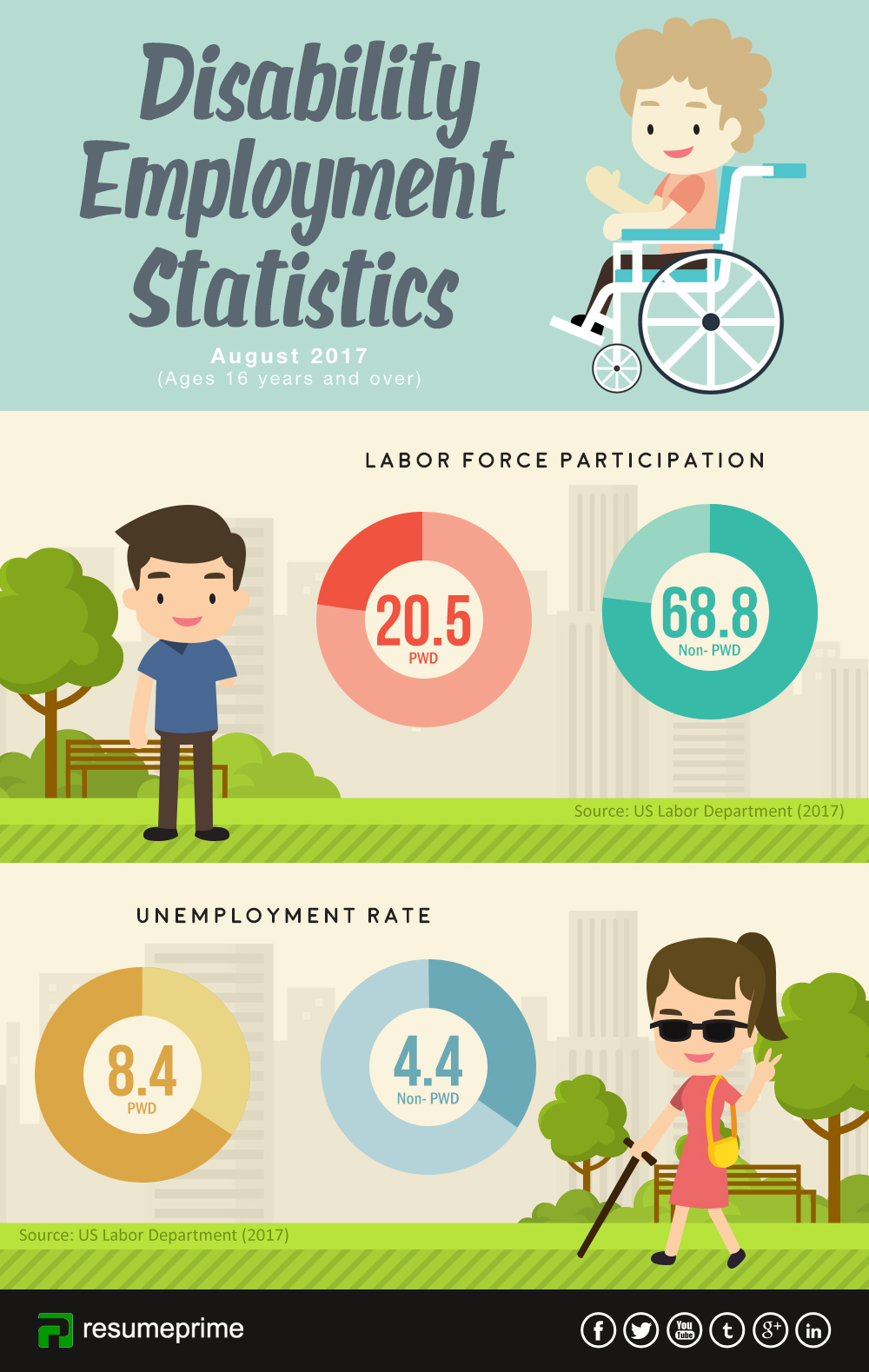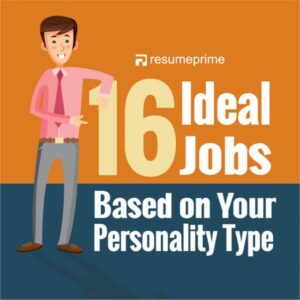Where can you find the drive to write a resume for job seekers with disability?
As a person with disability (PWD), you can check out comic book stands. Superman can be the strongest man in the DC Universe. He has heat vision and can lift objects many times bigger and heavier than his body. He moves in lightning speed and has superhuman senses. Yet, as many fans know, Superman yields to Kryptonite. Besides, this flaw doesn’t stop him from kicking villains’ butts.

In the Marvel Comics world, X-Men’s Professor X has the greatest psychic power among mutants. Though he can’t use his legs, the power of his mind lets him stop time, read minds, and move objects at will. His foe, Magneto, considers him the biggest hindrance to his evil plan to rule the world.
Famous PWD personalities such as Helen Keller, Nick Vujicic, Frida Kahlo, and Stephen Hawking are among the world’s best in their own fields, gaining them countless praises. They’ve changed the world and inspired many people despite their disabilities. Further, their lives can inspire you to create a powerful resume.
Why is a resume for job seekers with disability hard to write?
Most people with disabilities fail in their job search because of discrimination. Despite government efforts to rid them of unequal treatment through Americans with Disabilities Act (ADA), the bias remains, and it ruins their chance of landing job offers. US labor statistics show how more PWDs have no jobs compared to non-PWD Americans.
People with disabilities are doubtful job seekers. They push for inclusion so they campaign for equal chances for PWD workers. The society shuns them, making their job hunting harder. In a commentary, Richard Kuppusamy of Handicaps Welfare Association said, “This is disability created by society. I am not disabled if society chooses to be inclusive and treat me with the basic respect and dignity accorded to everyone else.”
How to discuss disability with your recruiter
You don’t have to state your disability in the resume. A resume for job seekers with disability can resemble anyone’s resume. If your condition has no effect on your ability to do the tasks required for the job, don’t discuss it there.
Yet, if you wish to express your debility, you may do so in your cover letter. Likewise, use proper phrasing and delivery when writing your letter. Your boss will, without doubt, go into it during the interview so prepare your responses and keep your eyes forward when answering their queries.
Check out these sample statements you can use in your cover letter:
“I wish to disclose that I have cleft palette since birth so you may hear that I pronounce words differently. I am letting you know early on so you know what to expect during our interview. Feel free to ask me to repeat phrases if you could not catch them the first time. I welcome such requests because I appreciate people who humor my special accent.”
“Given my uniqueness, I can still team up with my colleagues and play an active part in the success of our team. I have superior visual skills that translate to quality design, as shown in the works in my portfolio. Being aware of my disability has gained me a steadfast approach towards work and a positive attitude to help me see the bright side in every situation.”
Note how the above sample used “special” and “uniqueness” to mean debility. Sway your recruiter to invite you for an interview by learning how to turn the negative to positive.
If you need a professional resume writer, we have experts available 24/7 to answer your questions and give you helpful tips to win more interviews. Reach us by way of live chat or contact us to send us a quick email. We look forward to your messages.
Sources: dol.gov | todayonline.com | dummies.com | work.chron.com | eeoc.gov | vantagemobility.com | time.com






